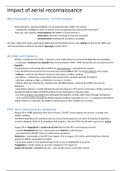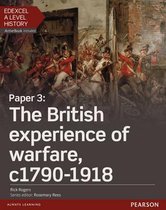Study guide
The War in the Air, 1914–18, The British Experience of Warfare (COMPLETE)
- Course
- Institution
- Book
This is for all of my summary notes about “The war in the air, 1914–18”. This is from the Edexcel specification for A-Level History. This document includes information from my own research, books I have read, the main textbook, my teacher and revision guides – it is detailed and has allowe...
[Show more]




